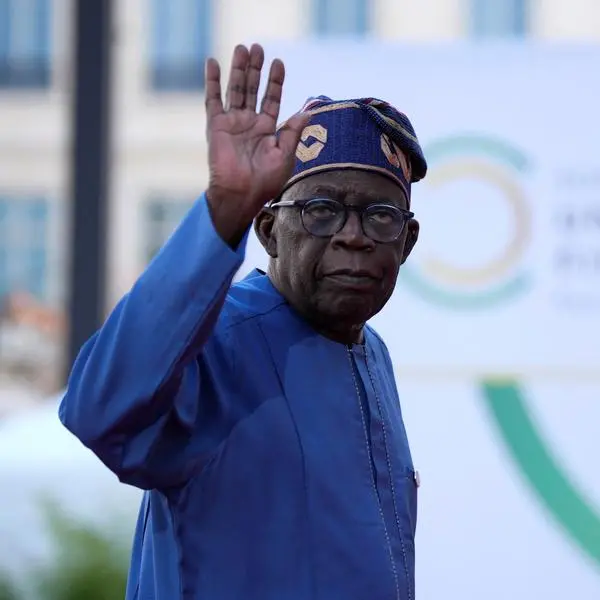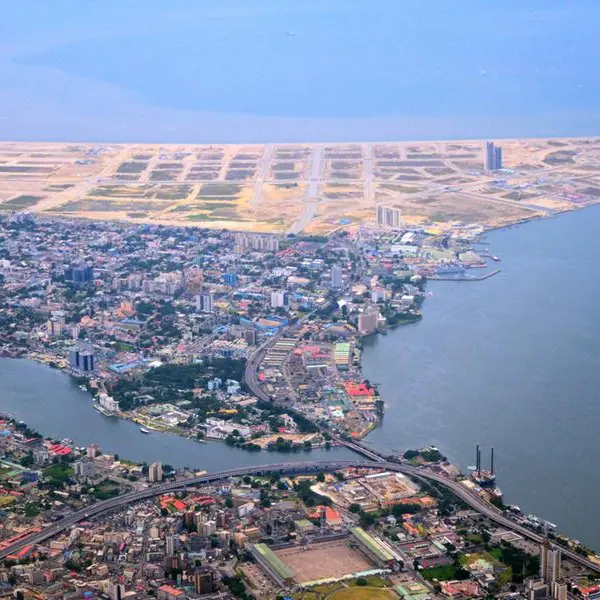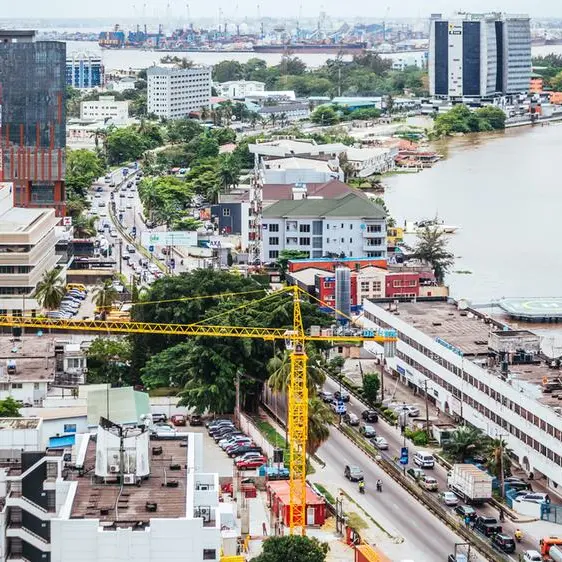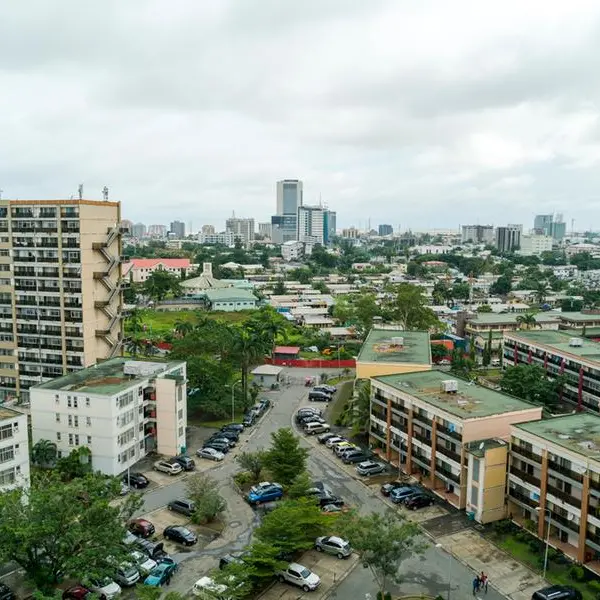PHOTO
Shipments of smartphones that cost between $100 to $200 are on the rise in Africa, defying a general slump in shipments caused by skyrocketing inflation, global supply chain woes and economic uncertainties.
The segment's share of shipments rose from 41.6 percent in quarter 3 2022, to 43.8 percent in quarter 4 2022 as vendors raced to launch affordable smartphones with premium features targeting youthful customers.
Insights from the International Data Corporation (IDC) show that while competition in the entry-level market segment heated up in 2022, incumbent (Transsion-owned) brands Tecno, Infinix and Itel lost some ground to rivals, both new and old.
Read: More competition watchdogs join African bodyTranssion, the market leader with a strong portfolio of entry-level devices recorded a drop in its combined share from 47.9 percent to 43.4 percent, as second-placed Samsung gained significantly from a low of 19.6 percent."Samsung took second place with a 28.7 percent share thanks to the strong performance of its A04 model," IDC said in its March 2023 quarterly mobile phone tracker report.
A comparative analysis by research firm Canalys placed Samsung's market share even higher at 33 percent against Transsion's 49 percent, with Xiaomi at 6 percent and Chinese brand Realme in fourth place with 3 percent. According to Canalys, Realme recorded the largest annual growth rate of 71percent by November 2022."We are seeing a surge in sales from our entry-level segment, a pointer that reflects a growing demand for functional devices that are also affordable," said Realme Kenya PR & Marketing Manager Mildred Agoya in a recent statement.
Competition at entry-levelIn 2022, Realme aggressively pushed its entry-level smartphones under the brand's C-series range in the Kenyan market. It laid out a new plan to appeal to young customers by increasing its research and development budget by 58 percent to bolster technology innovation and the quality of its affordable smartphones.
These developments reflect heated competition in the entry-level segment, with consumers benefitting from improved features.
Among other premium features, most entry-level smartphones now come with a high-resolution camera, as high as 50MP. A powerful battery backs them to accommodate heavy phone usage. These attributes make the phones very popular among first-time smartphone owners.
According to GSMA's report called ‘The Mobile Economy Sub-Saharan Africa 2021’, young consumers owning a mobile phone for the first time will remain the primary source of growth for entry-level smartphones for years to come. In this region, 40 percent of the population is under 15 years.
Read: African blocs discuss single currency challengesIn Kenya, while overall smartphone shipments declined, the share of those priced at less than $200 rose to 55.3 percent from 41 percent in 2021, which the report attributed to vendors shifting their portfolios.
Samsung, which controls the overall smartphone market with a 31 percent share, leveraged its distribution through an asset-financing platform M-KOPA, which offers underbanked customers the opportunity to purchase products like smartphones."While the general market sentiment was negative in Q4 2022 and reflective of the supply chain squeeze that occurred throughout 2022, those vendors that offered their products via asset-financing platforms were the least impacted demonstrating a growing appetite for mobile financing schemes," IDC Senior Research Analyst George Mbuthia said.
Smartphone financing on the riseSmartphone financing is on the rise on the continent and continues to be activated in several countries to unlock high-cost barriers to mobile phone ownership.
Telecom operator Orange in March 2022 partnered with Netherlands-based Yabx and Cote d'Ivoire's financial institution, Cofina to facilitate smartphone financing in the West African country."High one-time expenditure becomes a key challenge to increase user adoption. We are confident that through this partnership with Yabx, the high entry-cost barrier will be eliminated which will help in driving smartphone adoption," said Orange Côte d'Ivoire Chief Marketing Officer Raoul Yobouet during the partnership launch.
In October 2022, Africa's giant telecom operator MTN unveiled a smartphone financing initiative in partnership with Intelligra, an open platform for smartphone financing. The partnership will leverage the buy-now-pay-later model to drive mobile adoption in the country.'Watu', an asset FinTech best known for its financing of two and three-wheeled vehicles across seven African countries, now offers smartphone financing in Kenya and Tanzania.
Read: Fintechs slow to serve EA refugee economyLast year, Nigeria (32.1 percent) and Egypt (56.2 percent) recorded the biggest declines in overall smartphone shipments on the continent - the result of high inflation, a shortage of US dollars in Nigeria and the devaluation of the Egyptian pound against the dollar.
The South African market was the least affected major mobile market in the region with IDC analysts attributing that to the market's rising focus amongst Chinese vendors, improved performance from incumbent brands and the festive season's promotional activities.
According to IDC, the number of mobile phones shipped to the continent dropped by more than 8 million units between 2021 and 2022, with feature phones recording the largest decline from 27.1 million units in 2021 to 22.7 million units in 2022.
Shipments in the smartphone segment dipped by nearly four million handsets, from 21.5 million units to 17.6 million.
However, there is a ray of hope in 2023 with IDC analysts projecting a modest rebound with an annual growth of 3 percent in shipments into the continent on improved demand constraints."This is modest growth for Africa but given the level of uncertainty in the global and regional economy, there is room for cautiousness in the region's smartphone markets," said IDC Research Manager Ramazan Yavuz. © Copyright 2022 Nation Media Group. All Rights Reserved. Provided by SyndiGate Media Inc. (Syndigate.info).





















